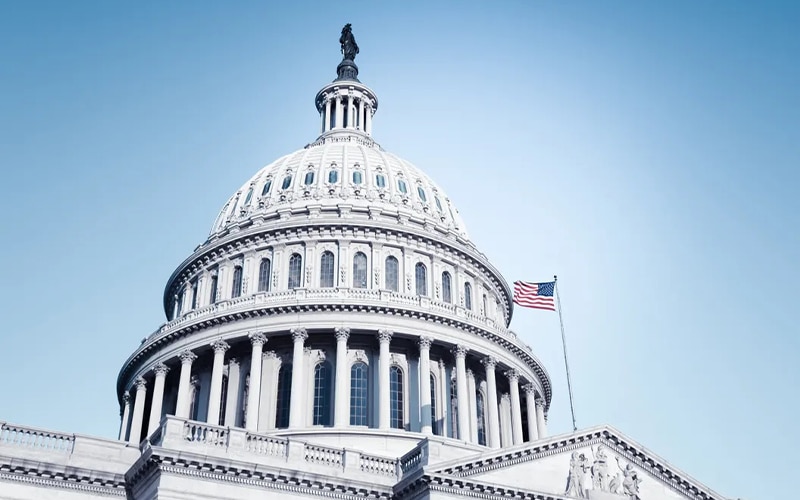A bill that is being drafted in the United States House of Representatives would place a two year ban on algorithmic stablecoins similar to TerraUSD.
According to a copy obtained by Bloomberg, the bill states that it would be illegal to issue or create new “endogenously collateralized stablecoins”.
However, existing algorithmic stablecoin providers would be granted a grace period of two years to change their model and collateralize their offering differently.
Reportedly, the definition covers stablecoins whose value depends on another virtual asset from the same creator to maintain its price and is marketed as having the ability to be converted, repurchased or otherwise redeemed for a fixed price.
The bill also mandates that a study be conducted on Terra-like tokens by the Treasury in consultation with the Federal Reserve, the Office of the Comptroller of the Currency, the Federal Deposit Insurance Corp., and the Securities and Exchange Commission.
Read Also: US Legislators ask Crypto Firms to Give info on ‘Diversity & Inclusion’
Maxine Waters, the House Financial Services Committee Chairwoman and Ranking Member Patrick McHenry have been working to reach an agreement on the legislation. Although it is unknown if McHenry has approved the latest draft.
Additionally, the legislation would ask the Fed to study the impact of the potential of the US digital dollar, which includes the possible effects on the financial system, banking sector, and the privacy of Americans.
The legislation would allow banks and nonbanks to issue stablecoins, albeit with the introduction of regulators. Banks would be able to issue these stablecoins by taking approval from their typical federal regulators.
Nonbank stablecoin issuers on the other hand would be approved at the state level and those that register with the Fed within 180 days of that approval would be able to operate under the bill.
It is possible that the panel could vote on the bill as early as next week.
Also Read: What Are Algorithmic Stablecoins & What Can Go Wrong With Them?






